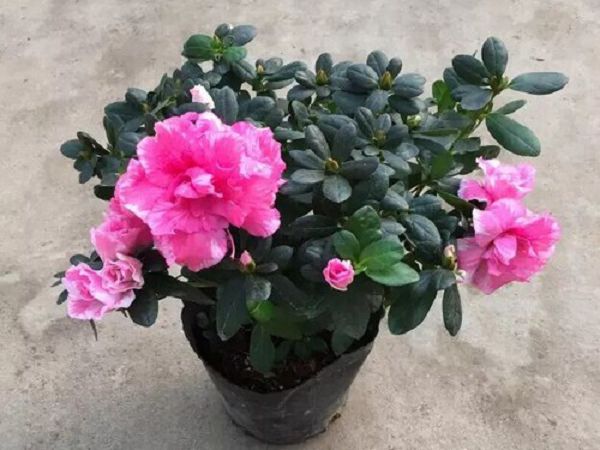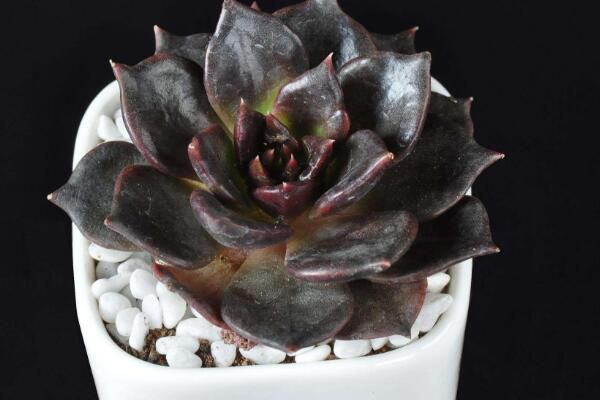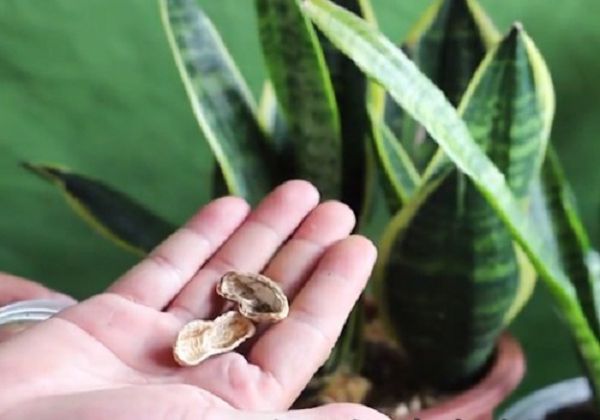How to Improve the Survival Rate of Azalea in Pot Culture

Rhododendron, alias are Yingshanhong, pomegranate, rhododendron, rhododendron, rhododendron and so on. There are many kinds of rhododendron, the leaf shape of rhododendron is different, its flower 2-6 cluster branch top, Corolla broad funnel-shaped, capsule oval. At present, rhododendron has become one of the most popular important flowers and trees at home and abroad.
It is best to have indoor and indoor environments for the cultivation of rhododendron. The indoor environment is used in winter. Outdoor site, used in summer and autumn, it is better to use clay land, and avoid cement land. The site should be spacious, ventilated and shady, with shade sheds, covered with Reed curtains or protected by natural trees, with a light transmittance of about 30%. Avoid sunning at night.
It is best to use Rain Water to water azaleas, followed by river and pond water. If tap water is used, it is advisable to store the water for 2 days and let the chlorine volatilize and then use. Add 0.2% ferrous sulfate when you use it, and water it every 10 days during the growing season. Use it frequently to ensure that the soil is acidic.
Rhododendron is a kind of acid soil with loose sex, strong permeability, good drainage and rich in humus, with a ph of 5.0 ~ 6.0. If you use clay or alkaline soil, it is difficult to live. Summer cuckoos and rhododendrons, in particular, must be mountain soil. The mountain soil needs to be reformed. at present, three kinds of culture soil are usually used.
The flowerpots for cultivating azaleas are generally mud pots and purple sand pots. The mud basin is well ventilated and permeable, and it is used in the cultivation of production units. The molded azaleas, especially the modeled azaleas, are furnished for indoor and outdoor furnishings, generally planted in a beautiful and quaint purple sand basin with delicate texture, rich color and beautiful shape, which can double the ornamental value.
Azaleas like yin and dampness and should not be too dry. More moisture is needed during flowering. Rhododendron has entered a dormant period in winter and does not require much water. It is generally watered every 4 times every 5 days, and should be carried out around noon on sunny and warm days.
The military worm (also known as the crown net bug) sprayed 1500 times of dimethoate during the damage period, once every 7 days for 3 times in a row. The control methods of terminal bud leaf rollers are mainly killed by artificial capture, and the larvae or pupae can also be sprayed with 2000 times of dimethoate EC or 1500 times of dichlorvos.
Yingshanhong is widely distributed in China and is rich in resources. Yingshanhong's pile shape is ancient and strange, with tall and straight tree trunks, thick roots hanging, fast growth, resistance to pruning and flowers full of branches. it is a good bonsai material for viewing flowers and dry plants. Especially in the flowering season, the beautiful red flowers in the temple are very popular with viewers. However, there are several difficulties in the maintenance and production of Yingshanhong bonsai. If Yingshanhong wants to have a high survival rate, the following points should be noted:
1. Mining time. It is best to dig before flowering after dormancy, when the plant is nutritious and the sap does not begin to flow, so it is easy to survive. After blooming in spring, the plant consumes a lot of nutrition because of a large number of flowering, and the plant is relatively weak and can not withstand great damage and the invasion of diseases and insect pests, and the pile billet dug after flowering is not easy to survive.
2. Selection of pile materials. First of all, it is necessary to choose the pile billet excavation which has a large trunk, has been cut down many times, beautiful pile shape, good branching and natural transition. The transitional natural pile billet is easy to survive because of the small cut in the branch. The second is to choose the pile billet mining with more fine roots and fibrous roots. Yingshanhong belongs to shallow root tree species, generally there are many fine roots and fibrous roots, and some pile blanks have only a few long large roots due to the extrusion of stones or poor growth environment. After the large roots of this kind of pile blanks are truncated, the wounds of the large roots are larger and are not easy to heal. In addition, there are not many fine roots on the big roots, so it is not easy to survive and do not dig. The third is to take the soil ball in the excavation inch, most of the pile billet whisker roots with the original soil are not damaged, and the survival rate is high; the pile billet fibrous roots without soil balls are mostly damaged and easy to survive.
3. Pile blank treatment. After excavation, the pile blank should be wrapped with textile bags and fastened to prevent the transportation of loose soil balls, and at the same time, attention should be paid to prevent the pile blank from losing water. After the pile blank without the original soil is collected, it should be soaked in clean water for a few hours, so that the pile blank can absorb enough water before planting.
4. Soil selection. The quality of soil used for cultivation of Yingshanhong is very important for survival. Yingshanhong is an acid-loving plant. It is best to use loose and breathable yellow rotten leaf soil where rhododendron grows. The soil should be granular, and the soil is too fine and impermeable, which will suffocate the pile billet due to poor breathing.
5. Choose with the basin. It is best to raise the billet with a vegetarian roasting basin. The root of Yingshanhong is shallow, the root is fine, and the basin should not be too deep. It can be planted with pots with poor air permeability. Can also use simple basins such as wooden boxes to raise billets, try not to use alkaline heavy cement pots to raise billets.
6. Planting. When planting, the soil should be a little dry, and it is not easy to consolidate the potted soil with dry soil. Don't plant too deep when planting. If you plant too deep, you will die because of insufficient oxygen absorption in the roots. Planting inch can be inserted on the basin with a small stick, do not let the root of the pile blank hanging, do not insert the pot soil after watering, and do not shake the pile blank, so as not to cause the basin soil slabs, which is also important. After planting, pour enough root water, then cover and moisturize the basin with a transparent plastic film bag and pile basin, and check the basin soil once in a while to ensure that the basin soil is moist. After the pile billet sprouts in spring, wait until the new buds grow to about an inch long, and all the branches that need to grow buds sprout new buds, and then choose a rainy weather for several consecutive days to open the plastic bags to train the seedlings. If you encounter a dry and sunny day, spray water to the pile head to moisturize, keep the basin moist, do not accumulate water. Pile blanks can also be planted with river sand, because the river sand is clean and breathable, so the survival rate is also high, and the disadvantage is that the plant is not good to carry soil and is not easy to basin in the future. At the same time, because of the lack of river sand nutrition, it is necessary to fertilize and increase acid frequently after complete survival. Conditions can be planted in the greenhouse, the survival rate is also very high, management is also convenient.
7. The choice of conservation land. Yingshanhong likes the humid environment. After the new piles are planted, they should be maintained in a ventilated and humid place. Shade nets should be used when maintaining the dry environment. The broken blankets used for wrapping furniture should be spread on the ground, and then the blankets will be sprayed wet to increase air humidity. After the complete survival of the plant, the sunshade net can be removed, and only after adaptation can it be moved to an all-day place for maintenance. The root of Yingshan red hair is slow, and although some plants have sent out some new branches, the pile blanks that are not growing vigorously in summer and autumn actually do not have many new roots, which can not be regarded as completely alive, so it is necessary to strengthen conservation and do not move the plants to dry places to expose themselves. In particular, those new branches look good when it rains in summer and autumn, and the pile blanks, which wilt their heads in the sun and do not grow vigorously, basically do not sprout new roots and rely on a little water supply absorbed by the pile head itself. the pile billet is a fake life, and it will basically die the following year.
8. Sprouting. Yingshanhong's bud eyes are dense, and the new pile may sprout a lot of branches and buds. In order to make the plant take more roots, wipe the buds as much as possible in the first year, because the branches and leaves evaporate more water, which can promote the plant to produce more roots. Wait until the next spring to sparse buds for better-growing plants.
9. Watering. Ying Shanhong likes a humid environment, but she can't bear it. Especially for the plants cultivated in impervious soil, the mortality rate is quite high. If the soil is too wet, there will be few new roots to sprout, and some plants will not die until the following spring, so watering Yingshanhong depends on the degree of dryness and wetness of the soil. As long as the soil is kept moist, there must be no stagnant water or alkaline water.
10. Flower control. Yingshanhong is easy to blossom, and blossoms more, and some plants that do not survive well will also blossom. Blooming too much will consume a lot of nutrients and accelerate plant death. So the new stakes in the first year or the plants that are not growing well in the second year should remove the buds after the buds are formed, so that the nutrition of the plants can be used in plant growth.
11. Fertilization. Because newly planted plants sprout fewer new roots and have poor fertility, it is important that new stakes in the first year should not be fertilized. After the survival of the plant, only apply organic fertilizer, and apply thin fertilizer, acid organic fertilizer is better, can not apply thick fertilizer and chemical fertilizer.
Related
- Fuxing push coffee new agricultural production and marketing class: lack of small-scale processing plants
- Jujube rice field leisure farm deep ploughing Yilan for five years to create a space for organic food and play
- Nongyu Farm-A trial of organic papaya for brave women with advanced technology
- Four points for attention in the prevention and control of diseases and insect pests of edible fungi
- How to add nutrient solution to Edible Fungi
- Is there any good way to control edible fungus mites?
- Open Inoculation Technology of Edible Fungi
- Is there any clever way to use fertilizer for edible fungus in winter?
- What agents are used to kill the pathogens of edible fungi in the mushroom shed?
- Rapid drying of Edible Fungi



